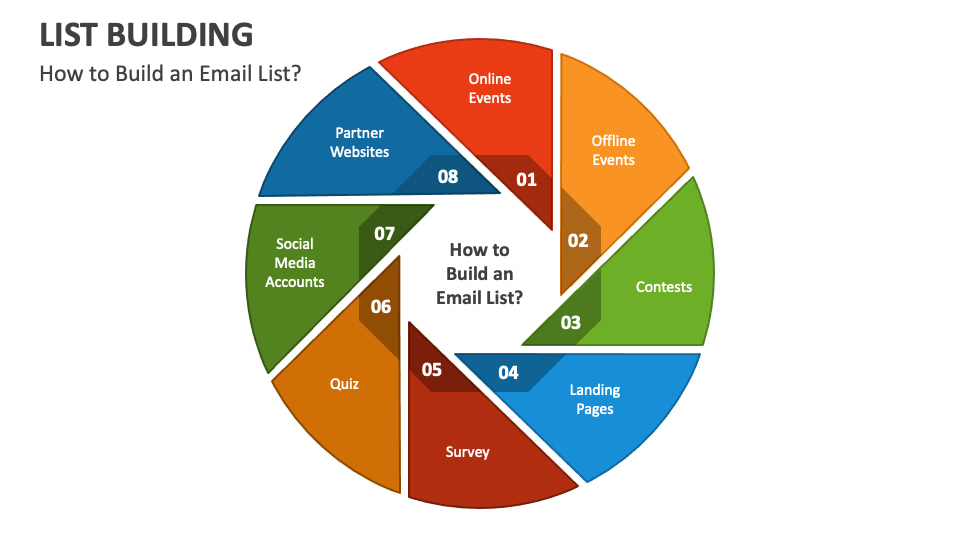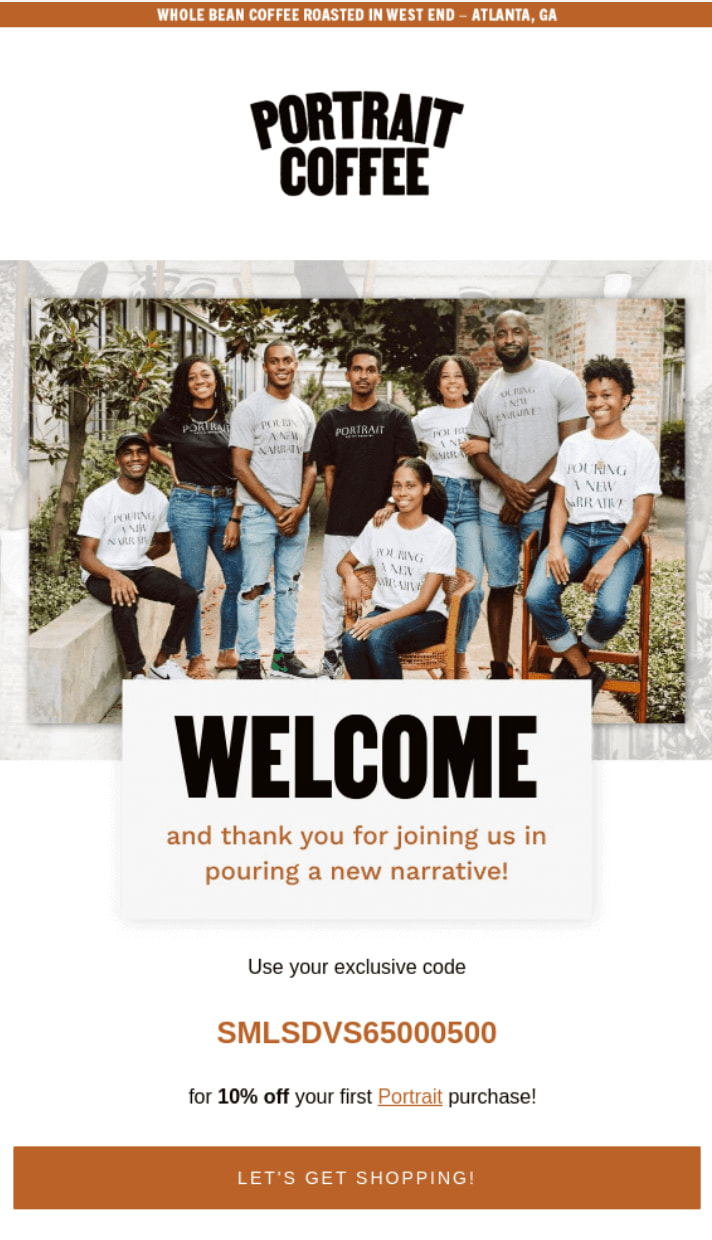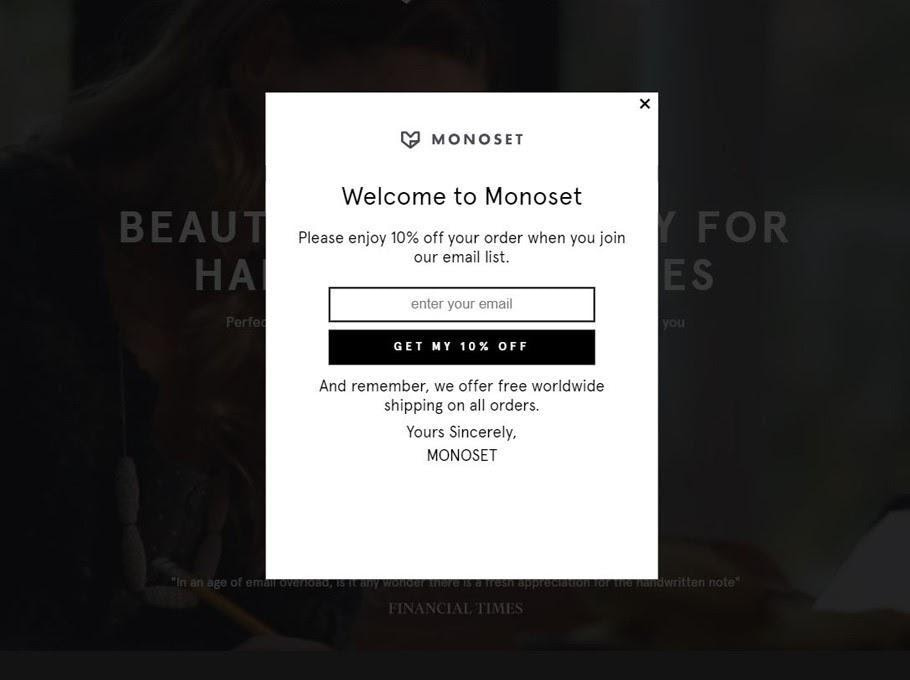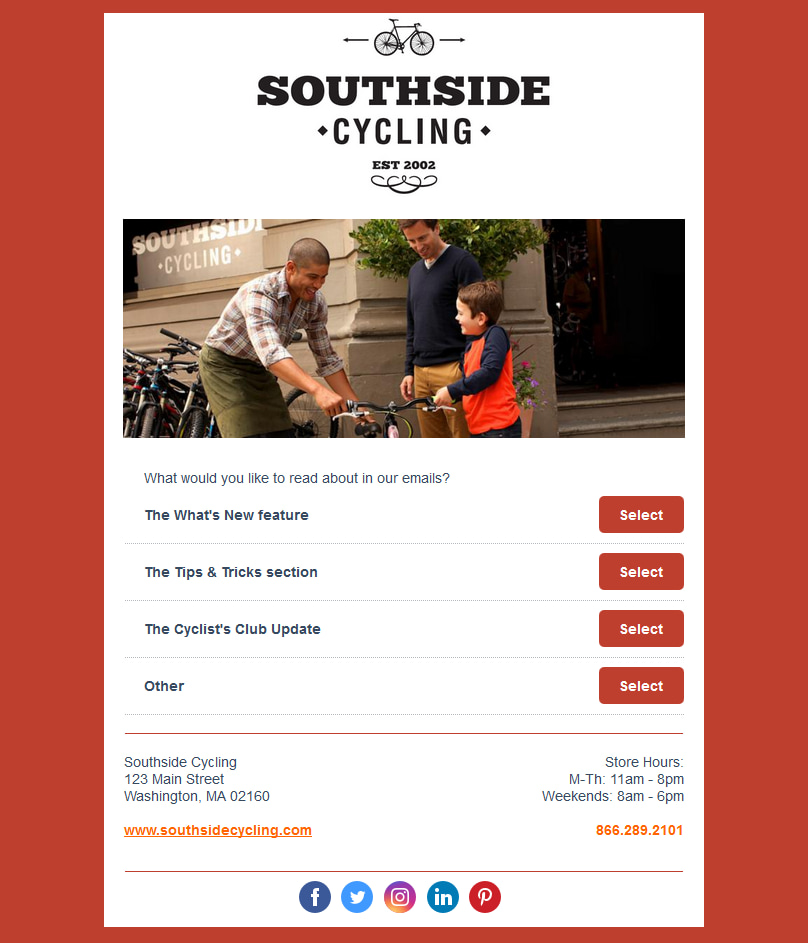Think email is old news? Think again. While other platforms come and go, email marketing is still going strong – returning $36 for every $1 spent. Why? Because it cuts through the noise and lands right in someone’s inbox. No algorithms, no distractions. List building email marketing is a critical part of any long-term strategy.
But it all starts with one thing: your list. This isn’t just a bunch of email addresses. It’s a group of people who want to hear from you. It’s permission to show up, build trust, and grow your business on your own terms.
Table of Contents
Why a List Building Email Marketing is Essential for Your Business
Before diving into strategies, it’s important to understand why growing your email list is so valuable. Depending solely on social media is a gamble – algorithms shift, accounts get suspended, or platforms fade in popularity. If that happens, your connection to your audience could disappear instantly.
An email list, on the other hand, is something you own. It’s your direct connection to your audience – no middleman, no guesswork. Here’s why that’s so powerful:
- You control the conversation. Your emails land right in their inbox. No algorithm deciding who sees what;
- Higher conversion. These people already said they’re interested. They’re way more likely to buy from you than a random visitor;
- Real relationships. Email lets you build trust and keep your brand top of mind – turning casual followers into real fans.
With the “why” established, the next step is learning how to build and grow your list effectively through list-building email marketing. Once you have that base, you can experiment with different techniques to observe how businesses profit from email list strategies and convert subscribers into long-term income.
Phase 1: The Foundation – Laying the Groundwork
You can’t begin list building email marketing without first defining its purpose. Before collecting any email addresses, three things need to be clear.
Pinpoint Your Core Audience
You’ve gotta know who you’re talking to before anyone will sign up. So, first things first: picture your ideal subscriber. What keeps them up at night? What are they passionate about? What are they desperately trying to achieve?
A super practical trick is to build a detailed profile of this person. Give them a name, a job, and some real-world struggles. Let’s say you invent “Freelance Fiona,” a talented graphic designer who can’t seem to land steady clients and second-guesses all her pricing.
The more vivid you make this character in your mind, the easier it is to craft content and offers that they’ll actually want to click on.
Choose an Email Marketing Service Provider
Whatever you do, don’t try to manage your email list from your personal Gmail or Outlook. You’ll hit limits fast and look less professional. Instead, use a dedicated email platform. They handle the tricky stuff like inbox delivery, automated sequences, and legal requirements – so you don’t have to.
A few good options to start with:
- MailBluster is ideal for SMBs and startups with affordable pricing;
- Mailchimp is excellent for beginners. A free plan is available;
- ConvertKit is ideal for creators (bloggers, YouTubers);
- MailerLite is feature-rich, easy to use, and reasonably priced;
- ActiveCampaign is more advanced, ideal for increasing businesses.
Choose one that fits your budget – many offer free tiers. You can always switch later.
Craft Your Value Proposition
Why should someone give you their precious email address? What will they get in return? This is your value proposition. It must be compelling and clear.
- Generic: “Subscribe to our newsletter.”
- Compelling: “Get our free ‘7-Day Finance Cleanse’ guide and weekly tips to save money and reduce debt.”
Your value proposition is the cornerstone of your entire list-building strategy. Every tool you use must communicate this value instantly.
Phase 2: The Engine – Choosing Your Lead Magnet
A lead magnet is a free resource you give in exchange for an email address. Its job is to turn visitors into subscribers by solving a specific problem quickly and clearly. The best lead magnets are easy to use, take little time to consume, and directly relate to your niche. This could be a checklist, template, short guide, or any resource that gives people immediate value and a reason to stay connected.
Cheat Sheet or Checklist
A quick, step – by – step resource that simplifies a task. Example: “The Ultimate Pre-Travel Checklist.”
Template
A ready-made framework that saves time and effort. Example: “Canva Social Media Post Template Pack.”
eBook or Short Guide
A focused PDF covering a specific subject. Example: “Beginner’s Guide to SEO.”
Video Training or Webinar
A brief video lesson or recording of a live training.
Discount Code
Instant value for online shoppers. Example: “10% Off Your First Order.”
Quiz or Assessment
An interactive tool that generates personalized results. Example: “What’s Your Interior Design Style?”
Resource List
A curated collection of helpful apps, sites, or books. Example: “Top 10 Free Productivity Apps.”
Action Step
Create 5 – 10 lead magnet concepts that will appeal directly to your buyer profile. Choose the one you can make with the best quality and release it.
Phase 3: The Tools – Creating High-Converting Opt-In Forms
Now that you have your lead magnet, you need a way to capture emails. This is done through opt-in forms. The key is to place them strategically where your visitors will see them.
The Pop-Up Form (Yes, They Still Work!)
Pop-up forms continue to be an effective tool for lead generation when implemented strategically. The critical factor for success is to deploy them in a way that minimizes disruption to the user.
Three main triggers make pop-ups effective:
- Exit – Intent: Appears when a visitor is about to leave, giving you one last chance to capture attention;
- Timed Delay: Shows after 30–60 seconds on-site, signaling engagement;
- Scroll – Based: Activates once a user has scrolled halfway down the page, showing strong interest.
The offer should appear directly within the pop-up for the best conversion rate. To lower friction and boost submission rates, the form should also be made simpler – ideally, it should simply ask for an email address.
Sidebar or Footer Form
A simple sign-up form in the sidebar or footer is usually a smart idea. It may not be as visually appealing as a pop-up, but it is always present, discreetly gathering emails from people who are already interested in your site.
Welcome Mat (Full-Screen Form)
This is a full-screen form that takes over the page as soon as someone arrives on your site. It’s bold – and highly effective – especially when you’re promoting a standout free offer or sending traffic to a dedicated landing page.
Forms Inside Your Blog Posts
This is a seriously underrated tactic. Try placing a sign-up form right inside or at the end of a blog post where it feels natural.
For example, if you’ve just shared “10 Easy Pasta Recipes,” include an offer for a free download like “5 Quick Gourmet Sauces.” Since the content is related, people are more likely to want it.
Dedicated Landing Page
A landing page is a standalone page designed for one thing only: turning visitors into subscribers. There are no menu links or other distractions – just a clear headline, a few bullet points about what they’ll get, an image of your freebie, a simple email form, and maybe even a nice testimonial.
You can drive traffic to this page from Instagram, Facebook, YouTube, paid ads – anywhere you’re promoting your lead magnet.
Phase 4: The Strategy – Places to Promote Your Forms
Creating beautiful forms is only half the battle. You need to put them in front of people.
Your Website and Blog (Your Home Base)
When it comes to building your email list, your website is your most important asset. Tuck sign – up forms into high-traffic spots: the top, sides, and bottom of your site.
Use pop-ups carefully – you want to grab attention, not annoy people. A better trick? Offer a valuable “content upgrade” (a template, cheat sheet, etc.) in your best-performing articles. It gives readers a no-brainer reason to hand over their email.
Social Media Channels
Don’t just post a link and say, “sign up for my newsletter.” Provide value.
Use the one clickable link in your bio to direct them to your landing page or a “link in bio” solution like Linktree. Create Stories with a “Swipe Up” function (if available) or a clear call – to – action (CTA) that directs them to your bio link.
Share your lead magnet directly in relevant groups (where the rules allow) and on your page. You can even run a Facebook Ad directly to your landing page.
Create a beautiful pin graphic for your lead magnet and link it directly to your landing page. Pinterest is a massive driver of traffic.
Twitter/LinkedIn
Regularly tweet or post about the value you offer, linking to your sign-up site. Engage in conversations and give your free resource when appropriate.
Your Email Signature
Consider your email signature a subtle promotional tool. Each contact you send, whether to clients, partners, or friends, includes an invitation to join your list. Add a brief text below your name that includes a direct link to your sign-up page. It is handy and effective throughout the day.
An email signature generator streamlines the process of creating professional, conversion-optimized signatures that consistently promote your email list across every message your team sends, eliminating the inconsistent formatting and broken links that often plague manually created signatures.
The strategic advantage of using an email signature generator becomes evident when you realize that most professionals send dozens or even hundreds of emails daily, turning each correspondence into a passive lead generation opportunity that requires zero additional effort once the signature is properly configured.
Adding small but effective details can also strengthen your list-building efforts. For instance, using a professional email signature with a link to your sign-up page ensures that every message you send becomes a subtle promotion. This approach works passively in the background, reminding contacts of your brand while creating more opportunities for new subscribers. Even casual exchanges can turn into valuable list-building touchpoints.
Guest Blogging and Podcasts
Partnering with notable bloggers in your industry or getting guest slots on relevant podcasts is an easy approach to reach a pre-qualified audience. To convert this exposure into leads, you must consistently perform two things.
Include a link to your free offer in your author biography or profile. This is a standard and expected place for readers or listeners to find a way to learn more about you.
Reference your lead magnet organically within the discussion’s content. Work it into the conversation where it provides genuine value as a solution or for further learning, rather than presenting it as an outright promotion.
This strategy provides value to the audience first, making the promotional aspect feel like a natural extension of the helpful content. It effectively gives interested individuals a specific next step to continue their engagement with your brand.
Lead Ads
Platforms like Facebook and LinkedIn offer lead ads where users can sign up without ever leaving the platform. It’s a low-friction way to generate leads quickly, which you can then import into your ESP.
Phase 5: The Technicalities – Implementing Sign-Up Forms
Now, it’s time to put your ESP to work. This phase involves creating the forms that capture emails and automating the first steps of your subscriber relationship.
Create a Subscriber List
Inside your ESP, set up a new audience list – for example, “Main Newsletter.” This will be the hub where all new contacts are stored.
Build a Simple Form
A basic drag – and – drop form builder is available in the majority of email service platforms. When creating your form, keep it simple: only provide a sign-up button and request an email address. Excessive information requests may drive away clients and lower your sign-up rate. If you want to get more subscribers, keep it simple.
Plan the Welcome Automation
When someone signs up, you don’t want them waiting around. Set up an automated welcome series that starts immediately. A simple three – email sequence works well to establish a connection.
The first email should deliver the lead magnet right away and thank the subscriber for joining. A couple of days later, send a second email that introduces who you are, explains what your newsletter is about, and sets expectations. By the fourth day, follow up with a third email that provides something valuable, such as a popular blog post or resource, to show them the benefits of staying on your list.
Embed a Form
Here’s the easy part: your email service (like Mailchimp or ConvertKit) will generate the code for your form. All you have to do is copy that code and paste it into your website’s sidebar, footer, or another highly visible spot. This keeps the option to subscribe always available, without being pushy.
Create a Sign – Up Page
For a more focused approach, build a dedicated page just for newsletter sign – ups. You can use a simple landing page tool from your email provider, or create one on your own site. The key here is to remove all other distractions and make a compelling case for why people should subscribe, then place the form right there.
Phase 6: The Mindset – Best Practices for Sustainable Growth
Growing an email list takes time and consistency. Focus on applying these best practices from the very beginning.
Focus on Quality Over Quantity
100 highly engaged subscribers who open your emails and buy from you are worth more than 10,000 disengaged ones. Attract the right people.
Be Consistent and Patient
Don’t expect to gain thousands of subscribers right away. The real results come from steadily promoting your forms and delivering value over time. Growth usually starts off slow, but with consistency, it can accelerate quickly.
Always Deliver Value
Your lead magnet must be high – quality. Your welcome series must be helpful. Your regular emails must not just be sales pitches. Provide so much value that people look forward to your emails.
Segment Your List (Advanced Move)
Here’s a pro tip for when your list gets bigger: start sorting your people. Think about it – if someone downloaded your “Vegan Recipes” guide, they probably don’t need your “Weekend Grill Master” tips. By splitting them into groups based on what they’re into, you can send emails that actually matter to them. The result? Way more opens, clicks, and happy subscribers.
What to Avoid: Common Beginner Mistakes
Many beginners make avoidable errors that hurt their email marketing efforts from the start.
- Buying Email Lists: This is the cardinal sin of email marketing. It’s illegal in many places (like under GDPR and CAN – SPAM), it will destroy your sender reputation, and it will result in terrible engagement. Only email people who explicitly asked for it;
- Being Vague: “Sign up for updates” is weak. Be specific about the value you provide;
- Hiding Your Form: If people can’t find how to subscribe, they won’t;
- Not Sending a Welcome Email: Failing to deliver the lead magnet immediately is a surefire way to get marked as spam and lose trust.
Your First 5 Subscribers
Starting an email list from scratch might be frightening. However, acquiring those initial subscribers is easier than you would believe. Here’s a no – frills way to start increasing your list now.
Begin by reworking one of your most effective articles into a fast, practical resource. Consider a one – page cheat sheet, a step – by – step tutorial, or a useful template – something that provides clear value and is simple to understand.
Next, create a free account with an email platform like Mailchimp or ConvertKit. Use their built – in tools to design a clean, straightforward sign – up page for your free resource. Keep the fields minimal – usually just name and email.
Now, share it with your network. Post the link on your personal social channels with a genuine, low – key message. Try something like: “Hey folks, I just created a free [resource type] to help with [specific problem]. Feel free to download it here if you think it might be useful!”
Before you share it widely, do a soft launch. Send the link to three or four people you trust and have them test the entire process – from signing up to receiving the download. Their feedback will help you smooth out any bumps and ensure everything works perfectly before you go public.
Conclusion
Building an email list is one of the best long – term strategies for any business. With list building email marketing, you gain direct access to people who genuinely want to hear from you, without depending on outside platforms.
The key is consistency – provide something valuable, make the sign – up process simple, and continue sharing useful content. Growth may start slowly, but every new subscriber represents trust, and over time, that trust becomes one of your strongest business assets.



